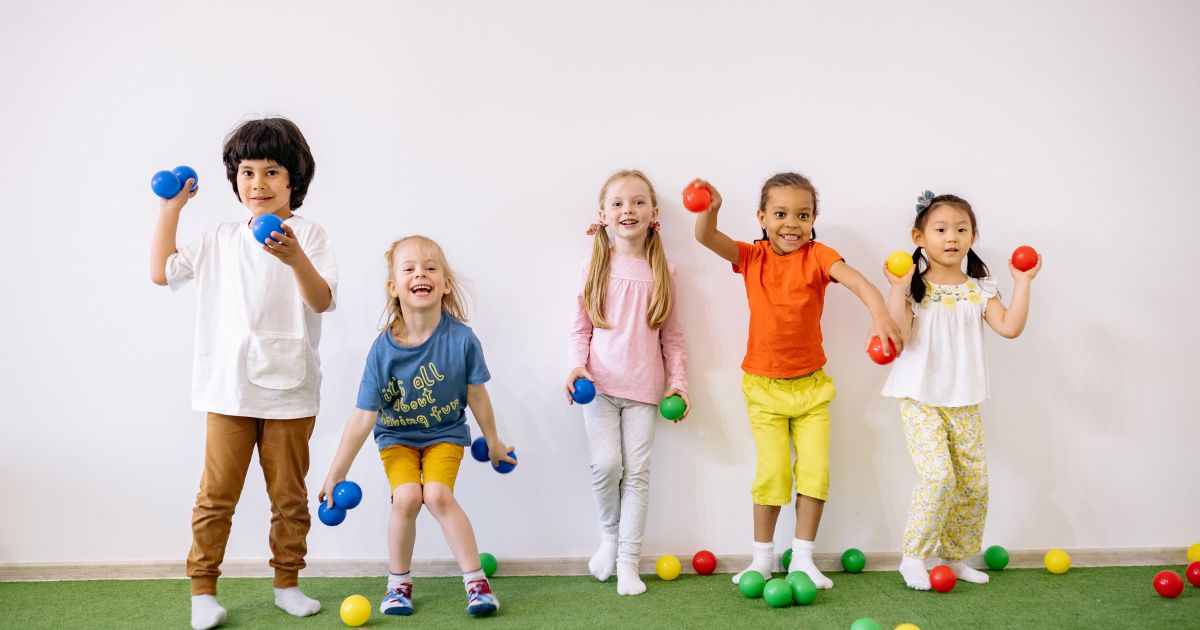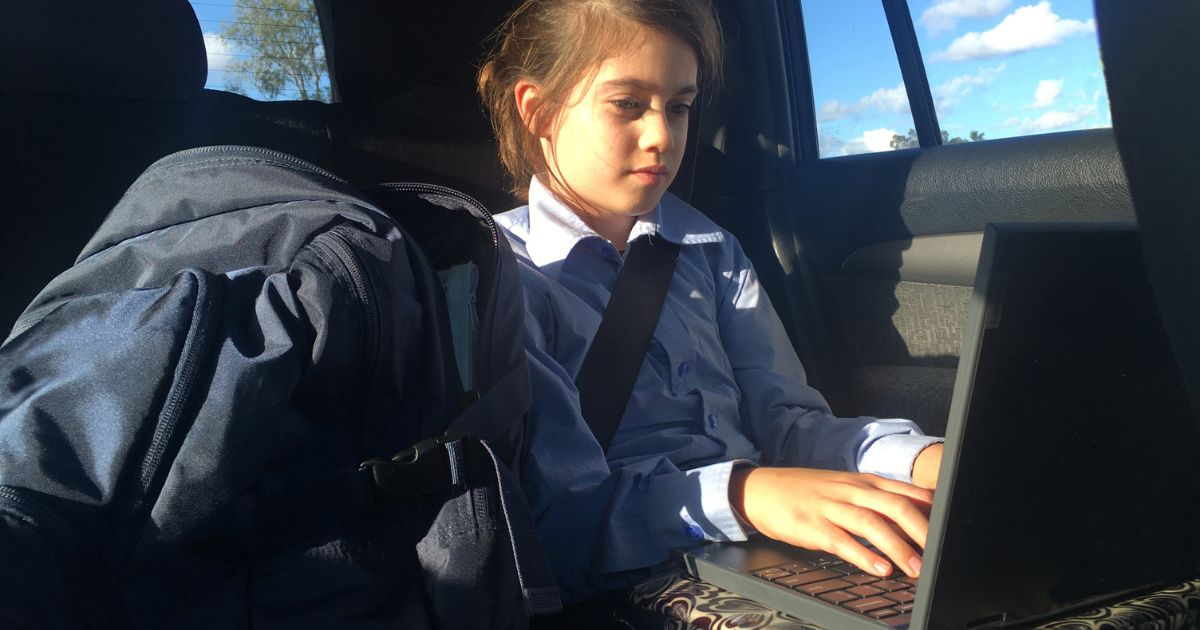Homeschooling introverted kids can be a wonderful opportunity to nurture their unique strengths while gently helping them open up to the world. Unlike traditional classrooms that often reward loud voices and group participation, homeschooling allows parents to create a space where quiet personalities can thrive, build confidence, and develop social skills at their own pace.
If your child tends to be reserved, shy, or prefers solo play, homeschooling gives you the flexibility to meet them where they are—without pressure or overstimulation. Let’s explore practical ways to help introverted children come out of their shell while keeping their natural temperament respected and understood.
Understanding Introversion (and Why It’s Not a Problem)
First things first—introversion is not a flaw to fix. Introverted children simply recharge their energy through solitude and can find long periods of social activity draining. They often have rich inner worlds, deep empathy, and strong creativity. The goal isn’t to “turn them into extroverts” but to help them feel confident and comfortable in their own skin.
Signs your child may be introverted:
- They enjoy solo play or quiet hobbies like reading, drawing, or building things.
- They need downtime after social events or group classes.
- They think before speaking and might take time to warm up in conversations.
- They prefer a few close friends over large groups.
Understanding these tendencies helps you set realistic expectations. Homeschooling becomes less about “fixing shyness” and more about gently expanding comfort zones and teaching emotional and social awareness.
Creating a Safe, Nurturing Learning Environment
Introverted kids blossom in spaces that feel predictable and emotionally safe. The homeschool environment you create can make a huge difference in how secure and confident your child feels each day.
Here are some ways to build that supportive atmosphere:
- Respect their need for quiet.
Schedule downtime throughout the day—reading breaks, art sessions, or quiet reflection after lessons. - Keep transitions smooth.
Introverted children often need time to adjust. Give advance notice before moving from one activity to another, especially if it involves leaving the house or meeting new people. - Encourage ownership of space.
Let your child personalize their learning nook. A cozy corner with favorite books, soft lighting, and maybe a small plant can feel like a calm retreat. - Use gentle communication.
Instead of pushing with “go say hi,” try prompts like, “Would you like to wave hello?” or “Let’s greet them together.” Small steps work best.
When home feels like a place where they can express themselves freely, introverted children become more willing to try new things outside that comfort zone.

Social Skills for Introverts: Small Steps, Big Progress
Helping your child practice social interaction doesn’t mean throwing them into large group settings right away. Social growth can happen in simple, everyday moments that feel natural and low-pressure.
Try these ideas to build social confidence gradually:
- Start small.
Arrange one-on-one playdates with another homeschool family or invite a cousin over for a joint project. - Practice conversation skills at home.
Role-play introductions or sharing interests. Keep it fun—pretend you’re hosts of a talk show or characters meeting for the first time. - Join community groups.
Look for clubs that match your child’s interests, like nature clubs, LEGO meetups, or book circles. Shared hobbies create instant conversation starters. - Volunteer together.
Community service projects (like helping at an animal shelter) can shift the focus away from “talking to people” and toward working on a shared goal. - Use online communities wisely.
For older homeschoolers, moderated online groups or virtual co-ops can offer safe social experiences and confidence-building discussions.
Remember, progress may be slow—but steady. Celebrate each small victory, like answering a question in co-op class or introducing themselves to a new friend.
Supporting Shy Children Through Emotional Awareness
Shyness often overlaps with introversion but has a different root—fear of social judgment. Helping a shy child involves building emotional safety and teaching tools to manage anxiety.
A few ways to guide them:
- Model calm social behavior.
Children pick up on your energy. When you greet others with warmth and confidence, they observe that social situations can be safe and positive. - Acknowledge their feelings.
Avoid saying “don’t be shy.” Instead, validate with, “I know meeting new people can feel uncomfortable. You’re doing great.” - Teach mindfulness techniques.
Deep breathing or visualization before social events can reduce nervous energy. - Prepare in advance.
Talk through what to expect—who you’ll meet, what the activity is, and what they can do if they feel overwhelmed.
Shy children thrive when they know they’re supported, not pressured. Over time, small exposures add up to bigger confidence leaps.
Let Learning Be Their Voice
One of the best parts of homeschooling introverted kids is that learning itself can become a form of expression. Many introverted children are natural deep thinkers, so hands-on, creative lessons often help them communicate and connect.
Ways to tap into that:
- Project-based learning.
Let your child explore a topic they love and then present it in their favorite format—a drawing, slideshow, short video, or written story. - Creative journaling.
Encourage them to write or illustrate their thoughts daily. This builds self-awareness and reflection skills. - Interest-driven lessons.
Follow their passions. If your child loves animals, build science and reading lessons around wildlife or biology. - Public speaking, softly.
Start with mini-presentations at home (“Tell me about your favorite planet”) before moving to a homeschool group setting.
When learning feels like self-expression, introverted kids naturally gain confidence—both academically and socially.
Homeschool Activities That Encourage Social Growth
Not all socialization needs to be formal. Sometimes the most effective learning happens through shared fun. Here are a few homeschool-friendly activities that help kids interact and connect while staying true to their quiet nature:
- Board game afternoons – Cooperative games like Forbidden Island or Pandemic encourage teamwork and communication without pressure.
- Group nature hikes – Outdoor adventures allow conversation to flow naturally while observing and exploring.
- Art and science fairs – Low-stakes presentation opportunities that combine creativity with mild social interaction.
- Book clubs – Great for kids who express themselves best through ideas rather than small talk.
- Cooking or crafting days with friends – Shared tasks offer structure while giving kids a chance to chat casually.
These settings let introverted children socialize in meaningful, bite-sized ways that don’t drain their energy.
Three Habits That Help Confidence Stick
Confidence isn’t built in a day—it’s cultivated through consistency and care. Here are three long-term habits that make a difference:
- Daily reflection time.
Ask open-ended questions like, “What was one thing you enjoyed today?” This helps kids process experiences positively. - Encourage small risks.
Challenge your child to do one new thing each week—say hello to a peer, share an idea, or join a new activity. - Highlight strengths.
Celebrate introverted superpowers: focus, creativity, empathy, and listening skills. Help them see these as leadership qualities.
Confidence grows when kids feel valued for who they already are, not just for how outgoing they can be.
Helping Them Navigate the “Big World”
Eventually, your child will face environments outside your homeschool bubble—college classes, jobs, or social circles. Preparing them early with emotional and practical skills gives them a strong foundation.
Teach them to:
- Recognize when they need alone time and communicate it kindly.
- Use body language that shows confidence (eye contact, smiling, posture).
- Find communities that fit their energy style—small groups, clubs, or online spaces aligned with their interests.
- Speak up when they have something important to say, even if it’s just a sentence.
Your support gives them permission to take the world at their own pace—without fear or comparison.
Keep Reading for More Homeschool Wisdom
Homeschooling introverted kids is about balance—respecting their quiet nature while giving them the tools to connect meaningfully with others. It’s not about changing who they are, but about helping them shine in their own calm, confident way.
If this topic spoke to you, browse more of our blogs at DKM Homeschool Resource. You’ll find guidance, tips, and heartfelt advice for every step of your homeschooling journey—from learning styles to social growth and everything in between.




